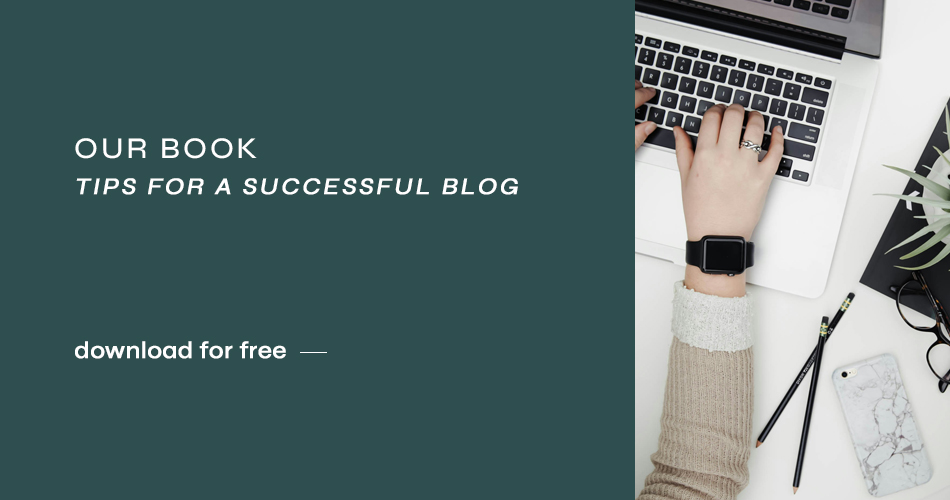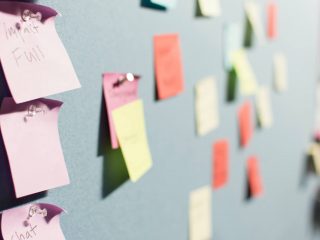It is becoming increasingly important for companies to have an in-depth – news – blog section within their site.
This category provides in-depth descriptions of products rather than tips and news regarding the world in which you operate.
It is essential that this information, in addition to being usable to users, respect characteristics that allow the news to be indexed by various search engines.
Below we give you some tips for optimizing your blog.
Before you start writing
Look for keywords used by users to search search search engines for your products or otherwise the topics of your blog article.
Useful website for this purpose: https://trends.google.com/trends/?geo=IT
General rules
The keywords chosen should definitely be included in the title of the article and in the first paragraph.
A blog article should contain at least 300 words.
Insert internal links to existing articles or site content.
Write original content.
The blog article should be easy to read, the topic covered should be clear from the first paragraph of the article.
Use headings, subheadings, paragraphs and, if needed, bulleted lists.
The length of a paragraph should not be excessive, 7/8 sentences is sufficient.
Introduce the topic of the article in the first paragraph and then explain it in depth in subsequent paragraphs.
Reorder the topics
There are several ways to order the various topics in an article, all depending on the type of topic covered in the post.
For example, you can choose to order them chronologically, or by explaining the topic in a general way at the beginning and going more and more specific as you continue writing.
Or again you can use a method used a lot by journalists that is, telling the crucial and important elements at the beginning and going into more and more detail as you proceed with the writing.
How to write paragraphs
Now that the list of topics has been drawn up and sorted following the logic described above, we can begin to write the various paragraphs for each topic in the rundown.
Here are some rules:
- A paragraph should address only one theme/topic;
- A paragraph should contain a basic sentence and then subsequent elaboration of that sentence;
- Use whitespace (the “headlines” for short) in a manner consistent with the text, not just for aesthetics;
- Each paragraph should contain a maximum of 7 to 8 sentences.
Using headlines to help the reader
Headlines are very important to your readers as they allow them to quickly scroll through the text and decide whether (or which parts) they want to read or not read of your article. Therefore, headings should be attractive and should cover the content of the following paragraphs.
You should place a heading above each paragraph or above a series of paragraphs that contain similar topics.
Adding an index
Ending up on a page full of text without having a preview of what is being told in the article can be daunting for the reader. Many people will not take the time to read the entire article to understand the topics that will be covered, so a good way to let the reader know right away what they will actually be reading is to add a table of contents at the beginning of the post. Exactly as one would do with a school textbook.
Useful Links
Keyword search: https://trends.google.com/trends/?geo=IT
SEO Friendly Articles, 10 Rules: https://yoast.com/seo-friendly-blog-post/
Writing a blog: https://yoast.com/writing-blog-creating-clear-blog-post-structure/#how-to
SEO Academy: https://yoast.com/academy/seo-copywriting-training




